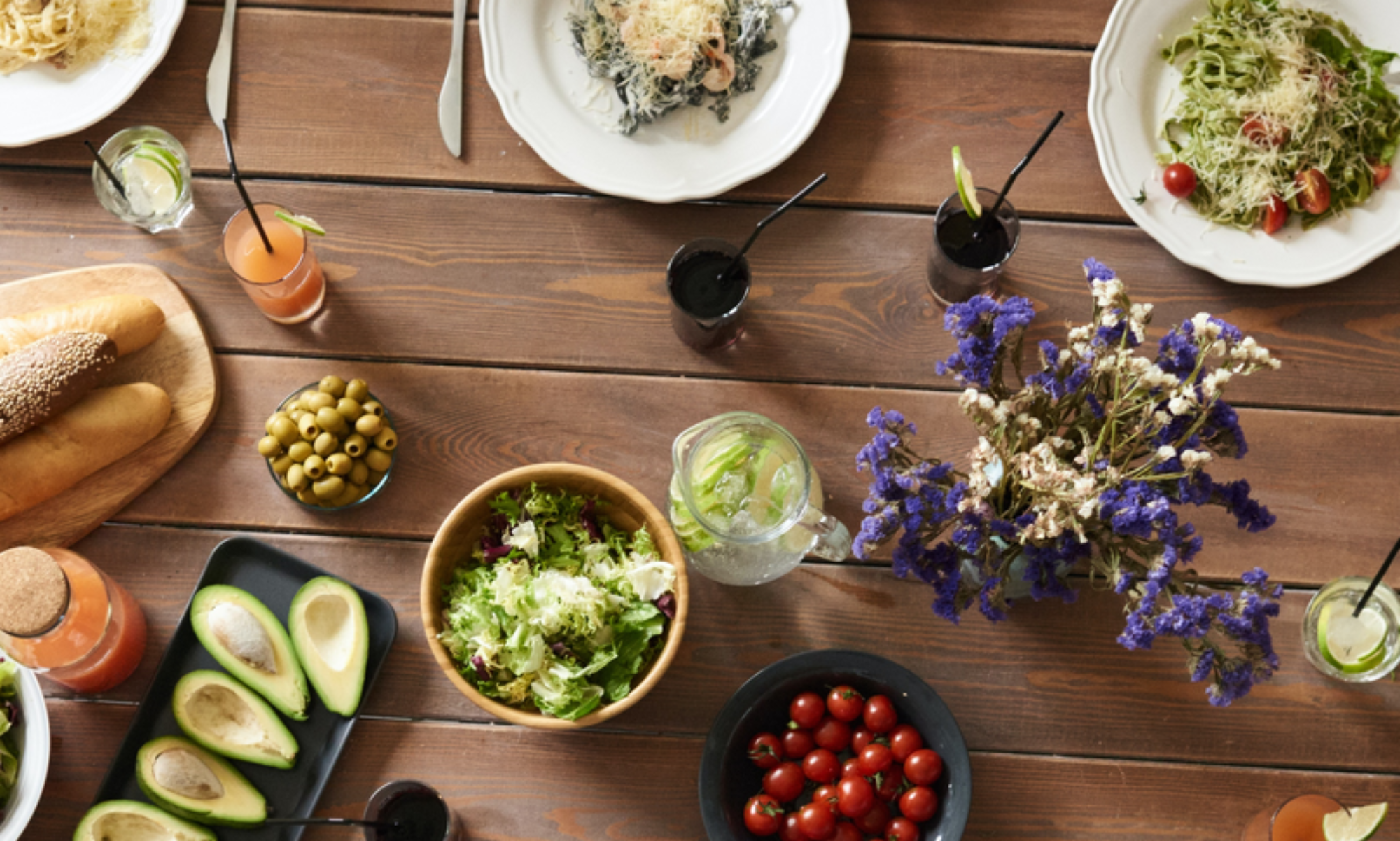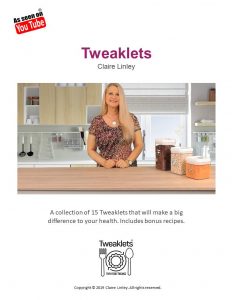Two popular eating modalities are the The Paleo Diet and the Keto Diet. The two terms get bandied about and are often confused, so in a previous episode we took a good look at the Paleo Diet and today we’ll explore the Keto Diet.
Its full name is the Ketogenic diet and it is structured around a diet that is high in fat, low in carbohydrates and a moderate amount of protein.
The main aim is to convert your body from a predominantly carbohydrate-burning machine to a fat burning machine. As a guide, the recommended calorie ratio, on a keto diet, is around 70 to 80 percent of calories from fat, 15 to 20 percent from protein and less than 5% from carbs.
The Keto diet has been used to treat epilepsy since the 1920s so it’s not the trendy fad diet we might think. When you get the balance just right you place the body into a metabolic state called nutritional ketosis. In this state the body creates compounds called ketones and burns fat, from your body as well as from your diet.
To reach ketosis and to maintain it you need to radically reduce your carbohydrate intake and focus on healthy fats, some protein and low-carb vegetables.
Foods to include on a Keto diet are Meat, Seafood, Poultry, Full-fat dairy products, Non-starchy vegetables, Eggs, Nuts and seeds and Unrefined oils, such as olive, coconut, flaxseed, walnut and avocado oil
Foods to avoid while following the Keto diet
All sugar and sugar-sweetened drinks. All cereal grains and products made with grain flours. Fruit except perhaps a quarter cup of berries. Legumes. Sweetened, low-fat dairy and Starchy vegetables
The Benefits that are associated with a Ketogenic diet include Weight loss, a Reduction in inflammation in your joints, brain and heart. It is reported to protect against Type 2 diabetes as well as neurological diseases such as Alzheimers and dementia
The Paleo and Keto Diets both focus on nutrient-dense food and eliminate the traps of a sugary processed food related Western diet. Generally speaking they are both low in carbohydrate and low in sugar which is better for blood sugar, weight management and has many other associated health benefits. And they both have anti-inflammatory effects.
If you’re interested, you could explore combining both the Keto and Paleo diets which many people do very successfully. It’s fun to explore different eating modalities but like any Tweaklet, do your research to find out exactly what suits YOU!


